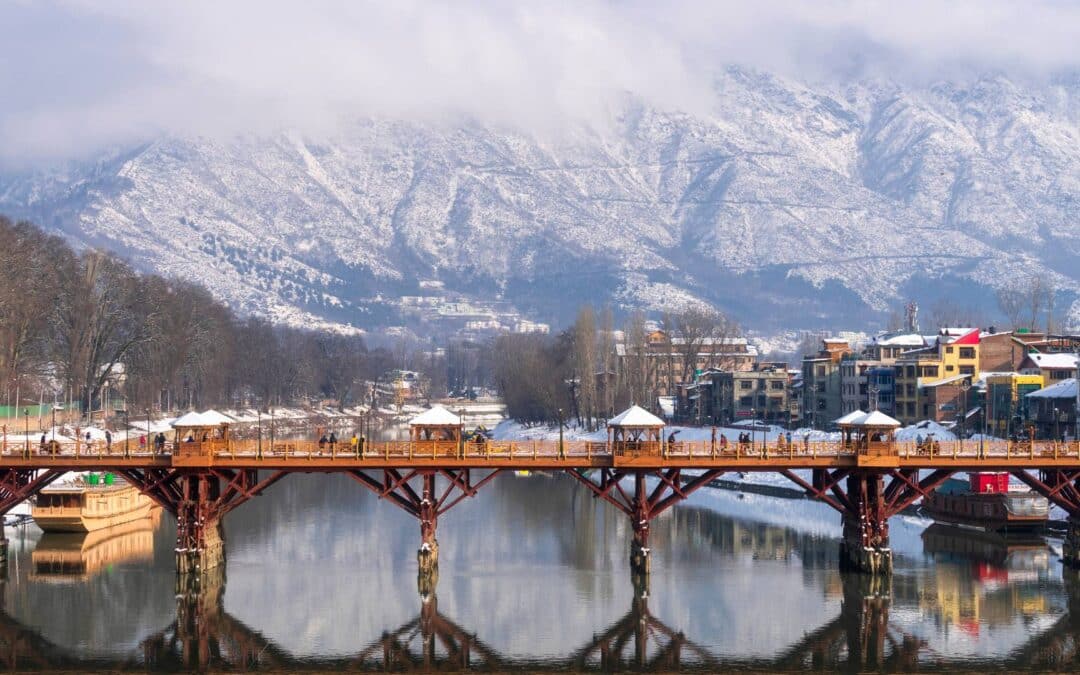
by Ammar Nainar | 20 Dec 2023 | Asia, Educators' Catalog, History, King’s College London, Politics
India and Pakistan — both nuclear powers — have fought three wars over Kashmir. But neither will yield in one of the world’s intractable conflicts. Zero Bridge in Srinagar Kashmir. (Credit: P. Kijsanayothin for Getty Images Signature) Editor’s note: On 11...
This Decoder Replay by Ammar Nainar is an excellent complement to history lesson plans about decolonization and the Partition of India in 1947. How does the past continue to inform the present in ways that matter?
Exercise: Read the article with your history class after students learn about the Partition of India in 1947. Discuss how decisions made in the 1940s continue to affect people living in India and Pakistan to this day. What throughlines can students draw between past and present? Then, divide students into groups of 3-4. Each group will come up with a resolution to the dispute in Kashmir. Resolutions should consider: Who gets control of Kashmir? Which countries should be involved in negotiations? How feasible is Kashmiri independence?
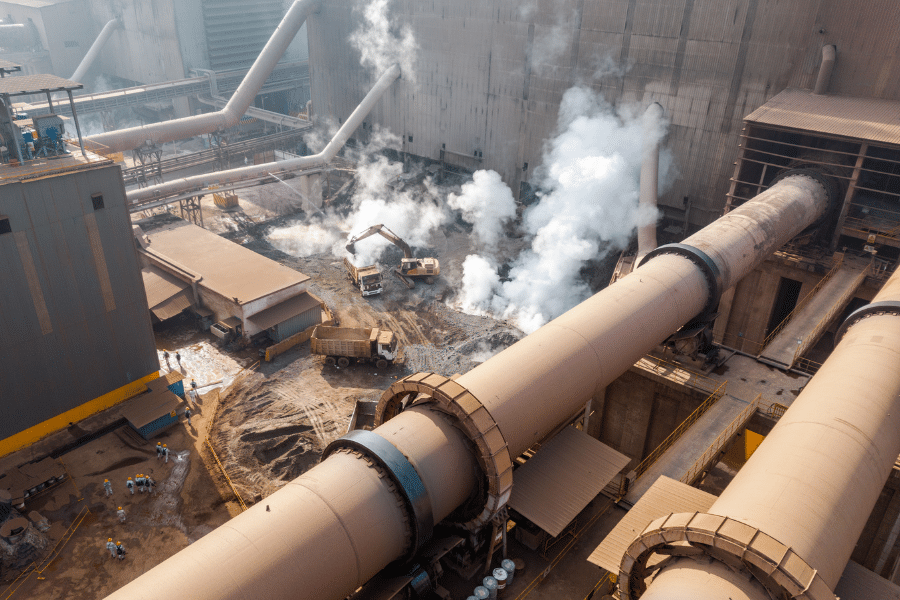
by Garry Lotulung | 11 Dec 2023 | Asia, China, Educators' Catalog, Environment
Massive industrial complexes for nickel mining have transformed an Indonesian island long home to fishing villages and school children. Workers walk near excavators to gather soil containing nickel ore at PT Virtue Dragon Nickel Industry, a nickel processing complex...
Understanding nuance and context is a critical skill to develop in young people. In this photo essay from guest writer Garry Lotulung, students learn about the impact of the green transition on local communities in Indonesia, where nickel is mined to produce batteries for electric cars. Globally, transitioning to renewable energy is a positive — what’s the impact for Indonesians on the ground?
Exercise: In groups of 2-3, students will engage in a See-Think-Wonder activity with the photos in the article’s gallery. Each group will focus on a different photo, logging first what they see in the image, what they think is happening and what they wonder about after examining the image. The see stage develops students’ observation skills and focuses on gathering information without making interpretations. The think stage helps students develop critical thinking by interpreting and coming to conclusions using visual evidence in the photo. The wonder stage prompts inquiry and intellectual curiosity. After the See-Think-Wonder activity, read the article as a class.
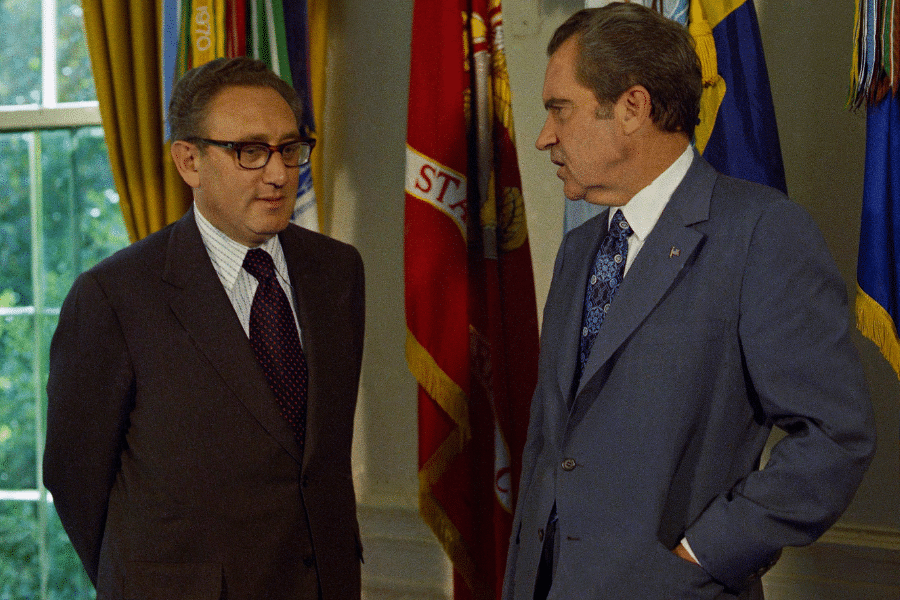
by Daniel Warner | 1 Dec 2023 | Educators' Catalog, History, Politics, United States
Henry Kissinger died on the 29th of November. Our correspondent remembers the one time he had the opportunity to question him directly about his lauded career. U.S. Secretary of State Henry Kissinger being congratulated 16 October 1973 by U.S. President Richard Nixon...
Henry Kissinger’s death made headlines at the end of November 2023. This famous diplomat sparks controversy. How should he be remembered? Correspondent Daniel Warner reflects on his brief interaction with Kissinger in Geneva back in 1999.
Exercise: Read the article with your class, then review headlines announcing Kissinger’s death from various media sources. How does the wording of these headlines differ? How does that difference change the way a reader may perceive Kissinger’s legacy? Use this activity as a conversation starter to discuss the power of word choice in media bias and framing.
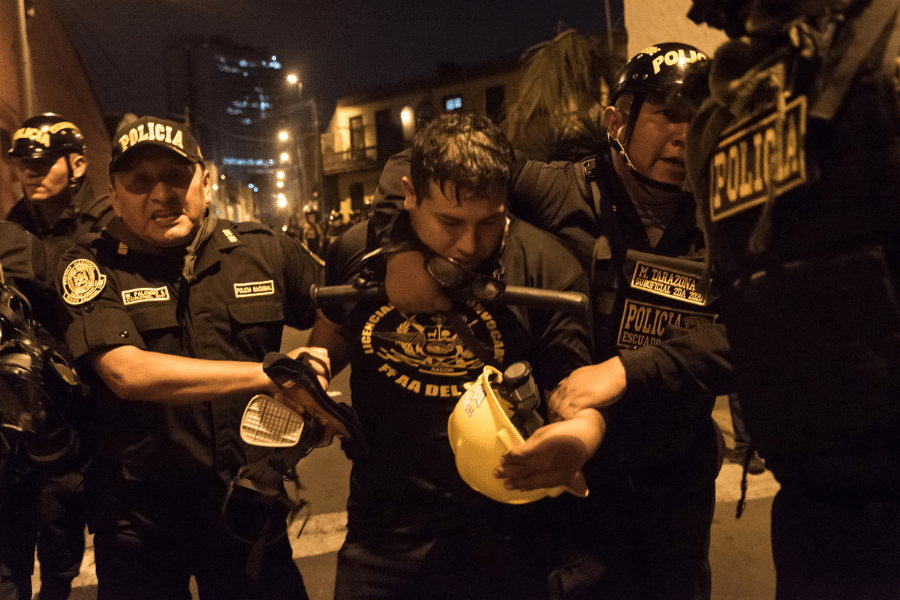
by Norma Hilton | 24 Nov 2023 | Educators' Catalog, Journalism, Photojournalism
Photojournalists tell stories through images. To do that they have to get into the thick of it. A man is arrested during the protests against the government of President Dina Boluarte in Lima, Peru on 4 February 2023. Credit: Alfonso Silva-Santisteban. This article...
Telling stories through photos doesn’t require an expensive camera and decades of experience. Students can be photojournalists too — so long as they’re prepared and know what makes an effective photo. In this piece, correspondent Norma Hilton covers tips for capturing news with a camera, while staying safe.
Exercise: Read the article with your class, then have students compile a list of photojournalism tips from the text. With these tips in mind, students will then go out into the local community to take photos of a newsworthy event (e.g. a student rally, school football game, mayoral debate, city council meeting, etc.). Can students capture an effective photo that tells a story? As an extension of this exercise, students can put together a photo essay and pitch their story to us for a chance to be published on our global news site.
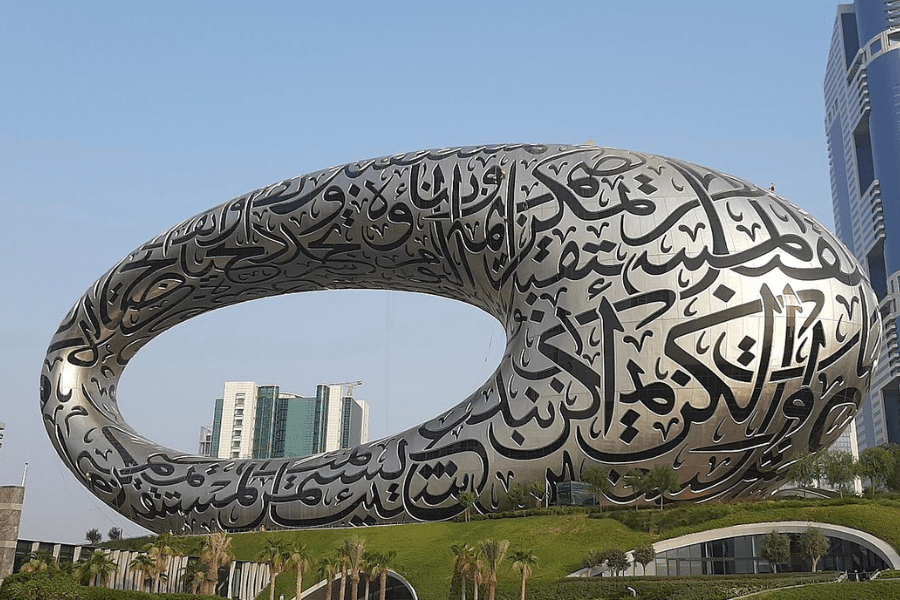
by Alister Doyle | 22 Nov 2023 | Decoder Replay, Educators' Catalog, Environment
For years, governments have engaged in marathon annual talks to try to end global warming. But they often fall frustratingly short. A giant sculpture tops the Museum of the Future in Dubai. Credit: Lyonerov CC by 4.0 Editor’s note: Beginning 28 November, some...
With COP28 beginning in Dubai this week (late November 2023), help your students contribute to the climate conversation with this article originally published in October 2022 ahead of COP27 in Egypt. Climate journalist Alister Doyle runs down what to expect with these global summits — and why they often fall short.
Exercise: Read the article with your class to cover the background and purpose of COPs. Then, have students find current media coverage of the event. How does today’s coverage compare to Doyle’s piece from one year ago? What, if anything, has changed? Is the general consensus on climate change mitigation more or less optimistic than it was a year ago?

by Daniel Warner | 21 Nov 2023 | Decoders, Educators' Catalog, History, Middle East, Politics, Russia, Ukraine
There is an evolving global consensus that some acts of violence in warfare are not acceptable. But how in the world can we enforce that? Headquarters of the International Criminal Court in The Hague, Netherlands. This article was produced exclusively for News...
Headlines about today’s international conflicts in Gaza and Ukraine paint atrocious pictures of war crimes and violent attacks. Are these actions sanctioned in the eyes of international humanitarian law? Correspondent and political science professor Daniel Warner of the Graduate Institute in Geneva gives an overview.
Exercise: Using this summary document from the Red Cross, print out 30-40 articles from the Geneva Conventions and their Additional Protocols. Cut each article out separately. Then, prepare a large board/poster for sorting and pasting the articles, divided into four sections: civilians, prisoners of war, wounded/sick, critical infrastructure. Have students read through each article and sort them within the four categories. As they learn more about the Conventions, you may consider bringing in current headlines to evaluate whether or not today’s conflicts have abided by these international humanitarian laws. Note: Consider creating 4-5 sets of article texts and sorting posters if you have a large class, or create a digital version via Google Slides.
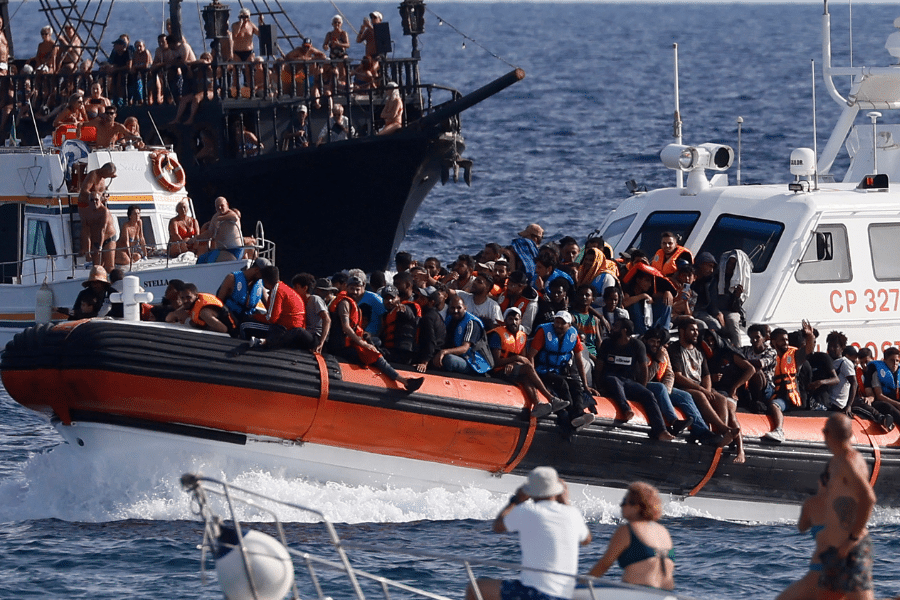
by Tiziana Barghini | 6 Nov 2023 | Economy, Educators' Catalog, Italy, Nationalism
Depopulation threatens the long term economic health of developed nations. At some point they will have to open their borders. An Italian Coast Guard boat carries migrants as tourists on boat, foreground, watch, near the port of the Sicilian island of Lampedusa,...
In this Decoder, correspondent Tiziana Barghini covers why changing demographics, increased life expectancy and outdated public policies may spell trouble for developed nations. Migration may be the solution.
Exercise: Using a word cloud generator or class participation tool like Mentimeter, have students contribute words that they think of when they hear the word “immigration” or “migration”. Create a word cloud with these words before reading the article as a class. Then, after reading the article, have students consider how their perspective on migration might have changed. Create a post-read word cloud and discuss what new insights students have learned from the article.

by Karolina Krakowiak | 3 Nov 2023 | Decoders, Educators' Catalog, History, Poland, Politics
Polish voters in three different political parties united to wrest control of the government from the conservative Law and Justice party. What happens now? People gather at a rally conducted by the opposition party ahead of the general election in Warsaw, Poland on 1...
Parliament, propaganda and political parties in Poland. In this Decoder, guest writer and former ND intern Karolina Krakowiak reflects on democracy in her home country — and the immense power of voting as a means to change.
Exercise: After reading the article, have a discussion about civic engagement with your class. What does that look like in your country? How can young people get involved in improving the world around them? Why might some be disillusioned with the political system they are a part of? Then, divide students into groups of 3-4. Each group will come up with a slogan to encourage civic engagement in your local community. The class will vote on the best one.
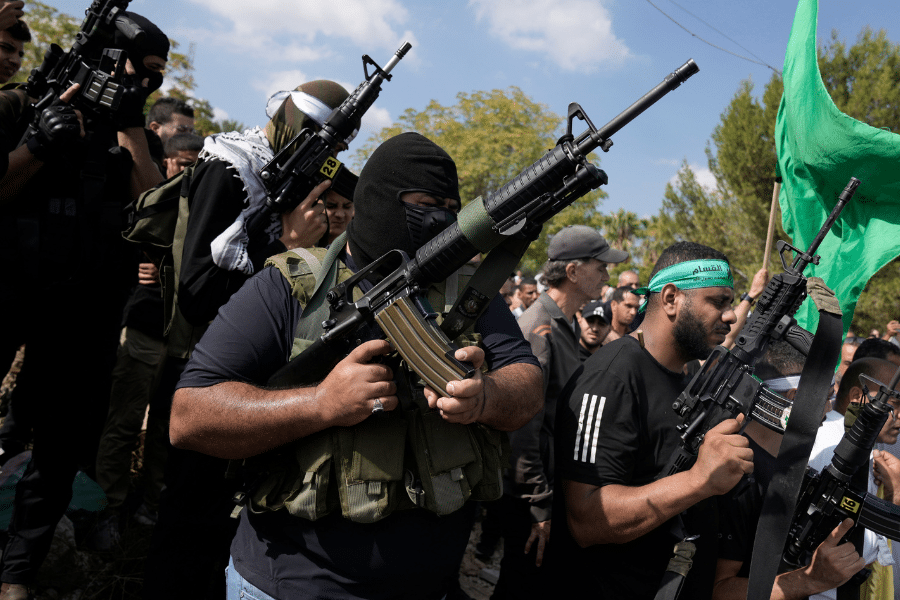
by Alistair Lyon | 23 Oct 2023 | Decoders, Educators' Catalog, History, Middle East, Politics
Hamas shatters the illusion of Israeli control. Palestinian militants attend a funeral of people killed during an Israeli military raid on a Palestinian refugee camp, Nur Shams, in the West Bank 20 October, 2023. (AP Photo/Majdi Mohammed) This article was produced...
Context matters and history matters. In this text from ND correspondent and Middle East expert Alistair Lyon, help your students understand the history behind the headlines surrounding Israel and Palestine.
Exercise: Read the article with your class, then have students create a timeline of key events mentioned in the text. Events may include: Hamas takes control of Gaza, Balfour Declaration, creation of Israel, British mandate to rule Palestine, British withdrawal from Middle East, the Holocaust, the Nakba, PLO 1988 declaration, founding of Hamas, Hamas wins parliamentary election, Oslo Accords, assassination of Itzhak Rabin, second Palestinian intifada, Israel withdraws from Gaza, Gaza blockade by Israel and Egypt. Is this long and complex history represented in social media posts and news stories about the conflict, or is it largely absent? Why and how does context matter?
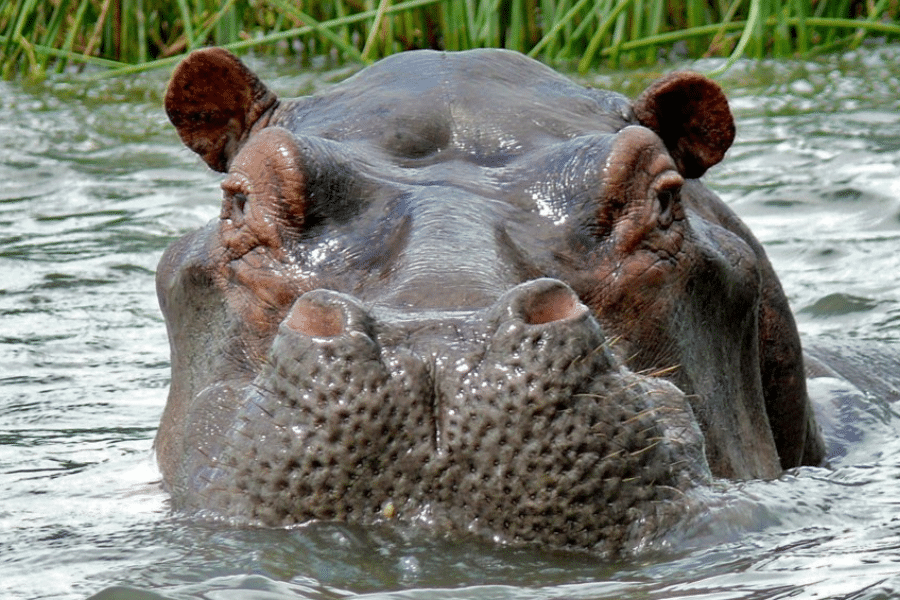
by Enock Wanderema | 13 Oct 2023 | Africa, Educators' Catalog, Environment
To prove they have what it takes to combat poachers, Uganda rangers race 21 km in scorching heat. They vow: No species will disappear under their watch. A hippo in the Murchison Falls National Park in Uganda, September 2008. (Photo by Bernard Dupont, CC BY-SA 2.0...
Big problems can be addressed with outside-the-box, collective solutions. In this article from guest writer Enock Wanderema, we dive into the world of hippo conservation in Uganda. How can your students also engage locally to support causes that are important to them?
Exercise: After reading the article, students should brainstorm a couple of causes that they care about. Then, they should look up local events and organizations that work to support these causes. How can they get involved with these solutions-based actions? You may consider discussing the importance of civic engagement with your class as a follow-up to this activity.










